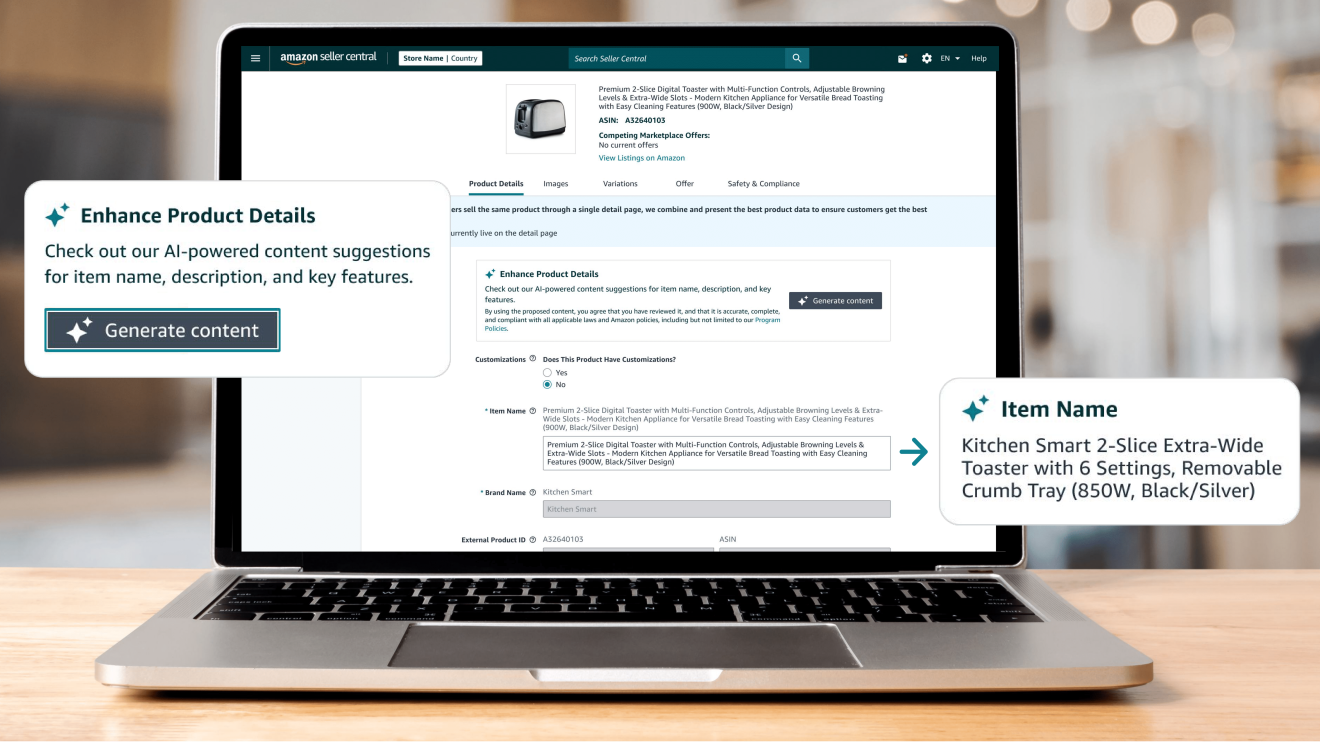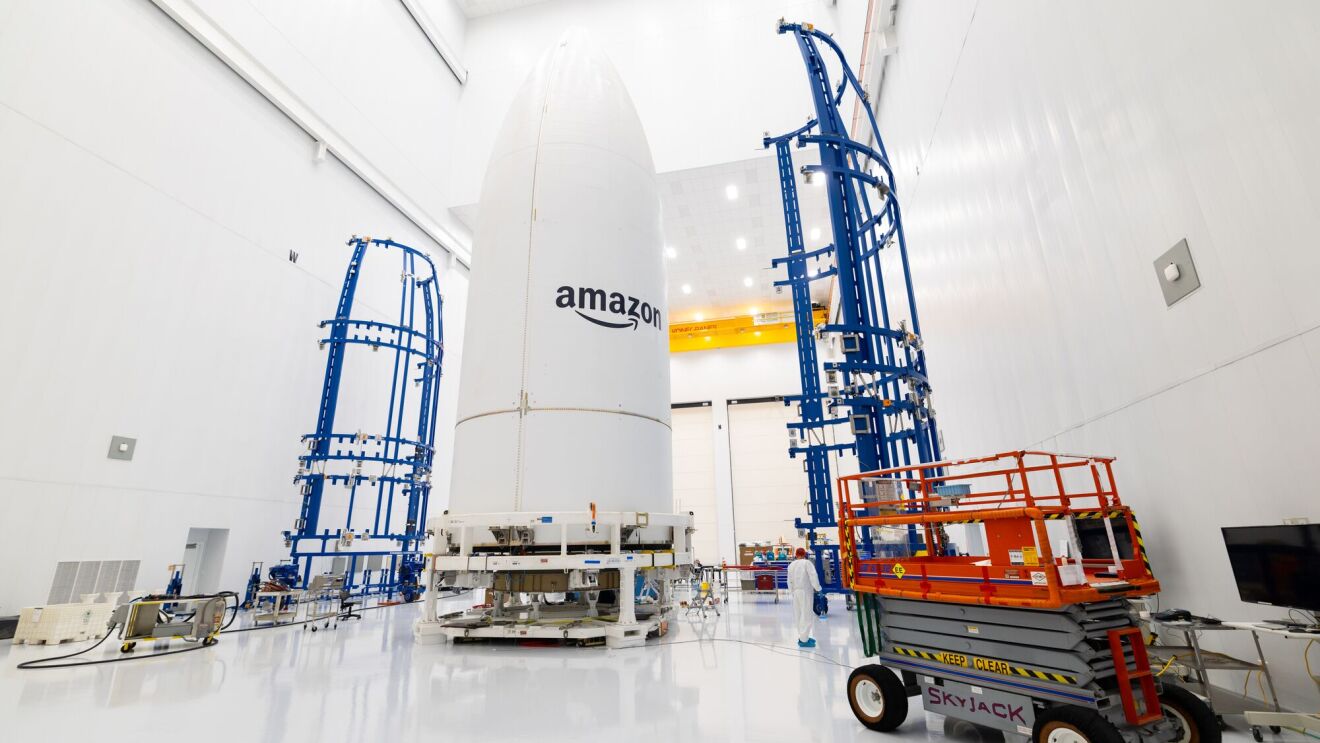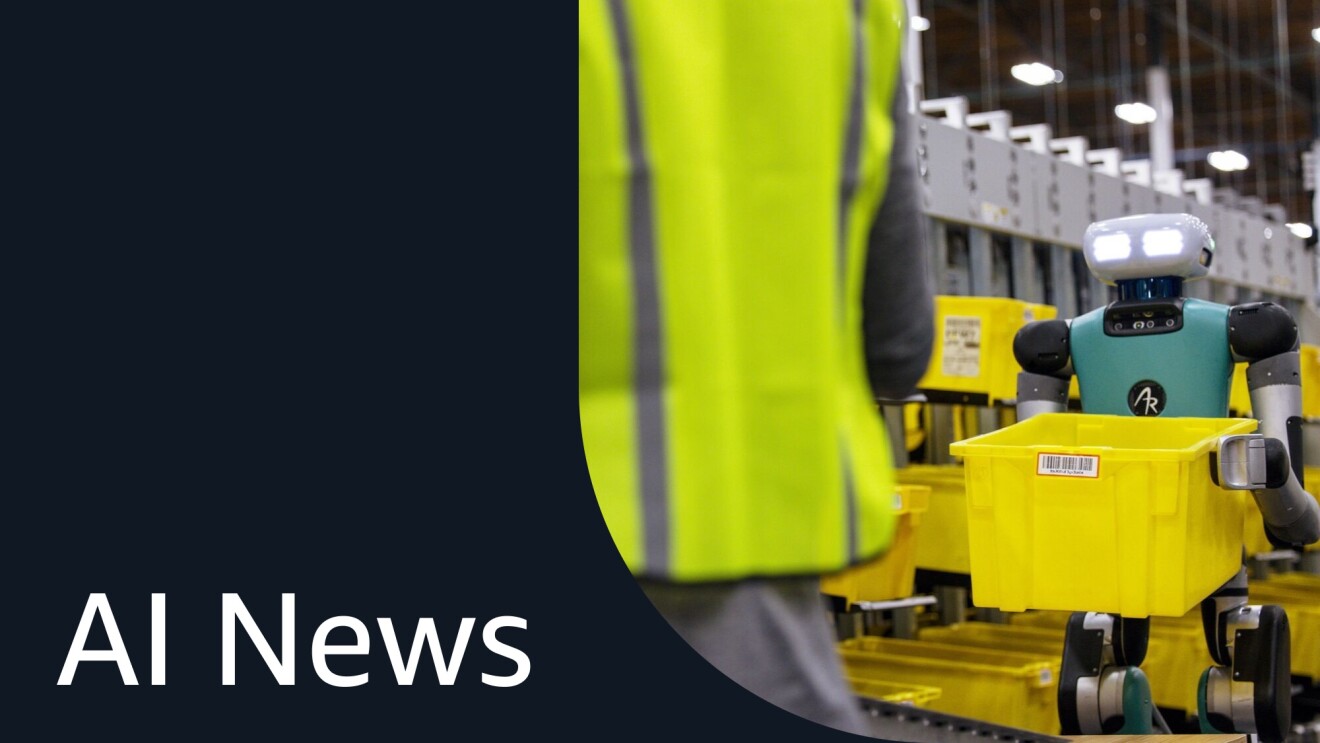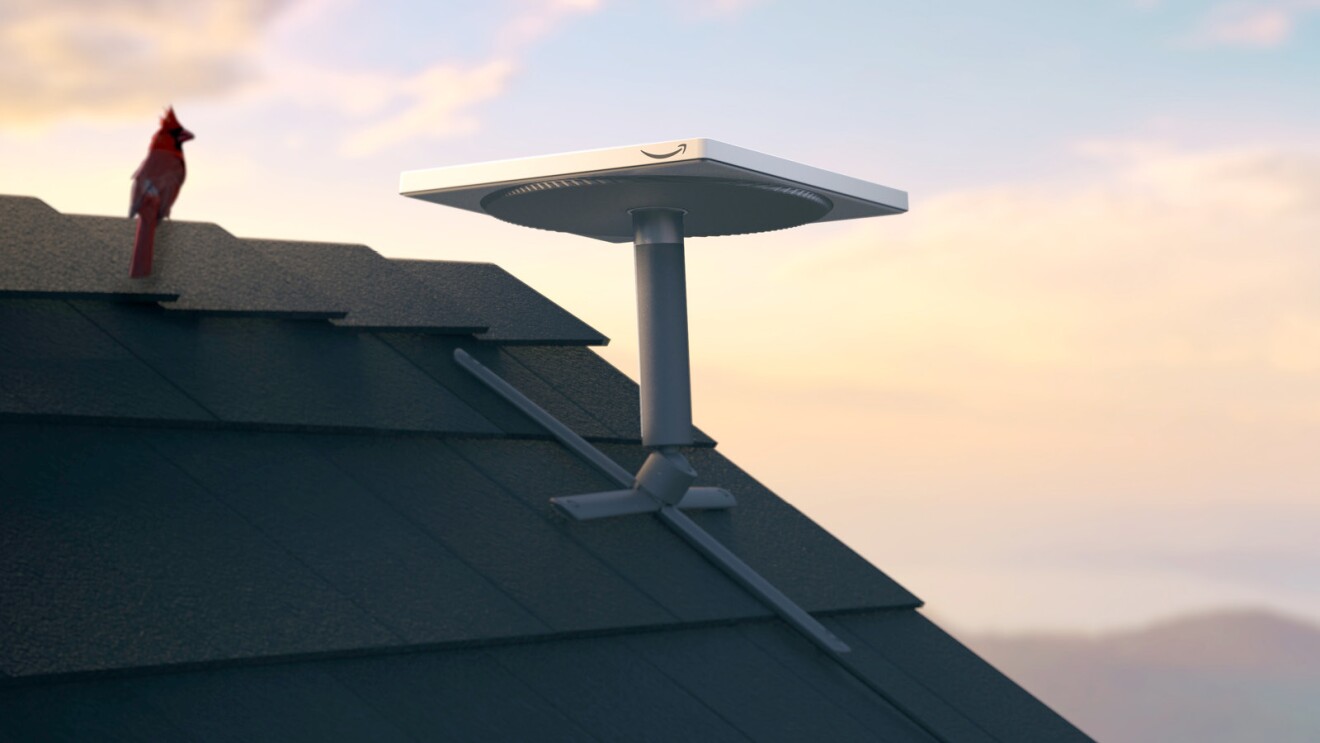Working from home means something different to everyone. For our engineers, replicating physical lab spaces at home required quick ingenuity, a few household hacks, and lots of experimentation.
Testing and developing high-quality audio requires more than perfect hearing. It generally involves a special room—called an anechoic chamber—that is designed to completely absorb sound reflections and prevent electromagnetic waves from entering into the surroundings. Brandon, an audio hardware engineer, created a pseudo-anechoic chamber in the bedroom of his house. It is made up of acoustic foam and Rockwool panels that are glued to cardboard backing and wrapped in speaker grill fabric to minimize wall reflections.
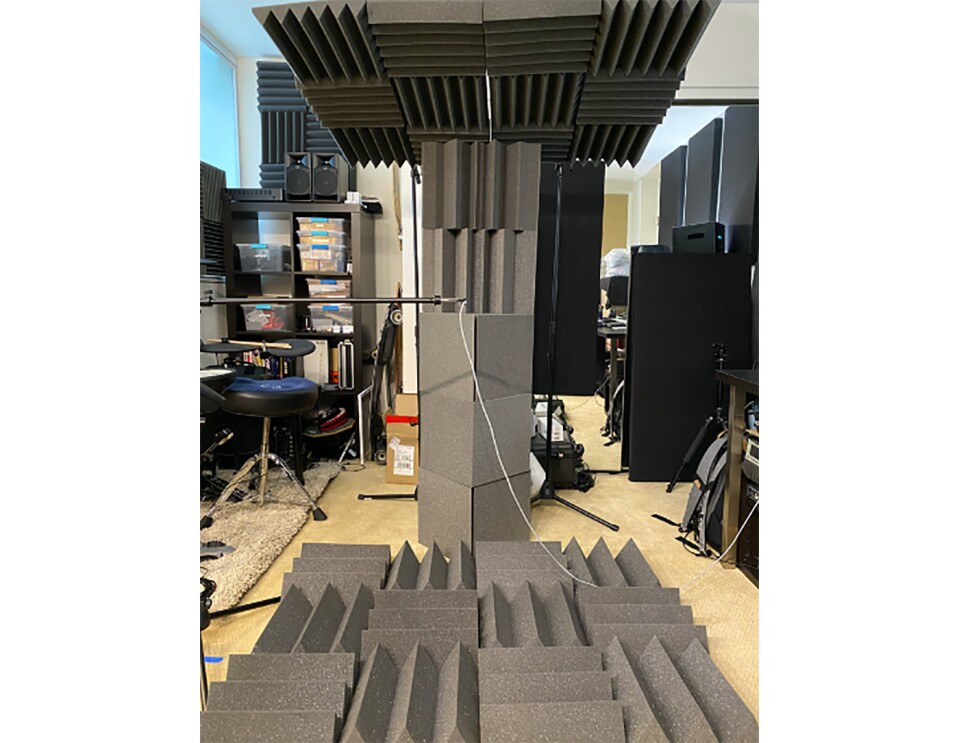
Some engineers looked to everyday devices. William, a hardware engineer, created a “Small Device Anechoic Chamber,” or what has become known as the “Anechoigloo.” To characterize the acoustic performance of small devices, the test chamber is outfitted with a layer of fiberglass acoustic damping material to provide an echo-less test environment. The total cost of materials for the test chamber is about $50, approximately 100x lower than commercially available systems.
The Anechoigloo’s resilient double-wall insulated shell not only keeps beverages cold, but it also provides isolation from external noise, while floor-borne vibration isolation is achieved by using an air suspension bladder (wheelbarrow inner tubes) and a substantial 45lb weight.
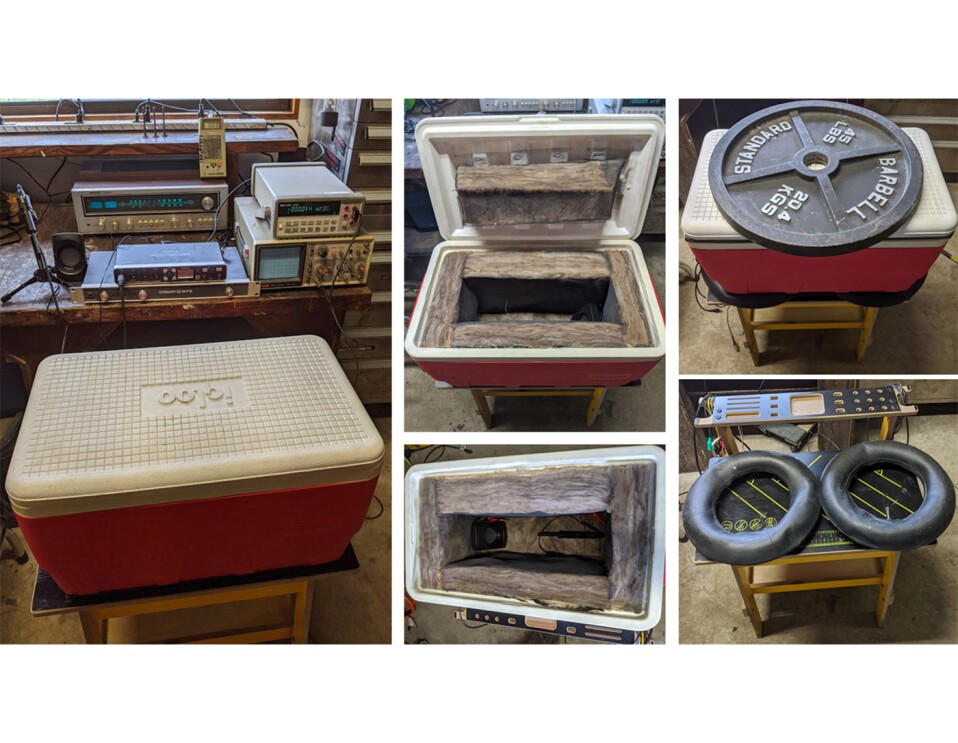
Alex created an outdoor speaker measurement environment to continue his acoustics measurements while working from home. He was able to turn his daughter’s backyard zip-line into a speaker measurement rig to test loudspeakers. The suspended platform allows him to support a loudspeaker nine feet above the ground, and the zipline cable has markings at calibrated distances to help set the microphone position. A microphone, attached to a flexible grabber, can be easily moved as close or far away from the speaker as needed.
Once the speaker is in position, Alex uses a portable acoustic measurement system to send signals to the speaker so he can measure the frequency response and distortion, both of which allow him to determine if the performance of the speaker is as expected. What makes this measurement possible is the fact that the speaker and microphone are suspended high in the air with no obstructions nearby, called a “free field condition,” which gives a clear view into the speaker performance which would not be possible in a standard room.

To calibrate the microphones and help Alexa determine which device to respond from, Naomi created a test setup in her home that simulates a person speaking to an Echo speaker in a typical environment using a HATS (Head And Torso Simulator) system that models the acoustics of human speech. Although initially it would startle her household members when they first walked into the room, they quickly got used to it and started to affectionately refer to it as “HAL.”
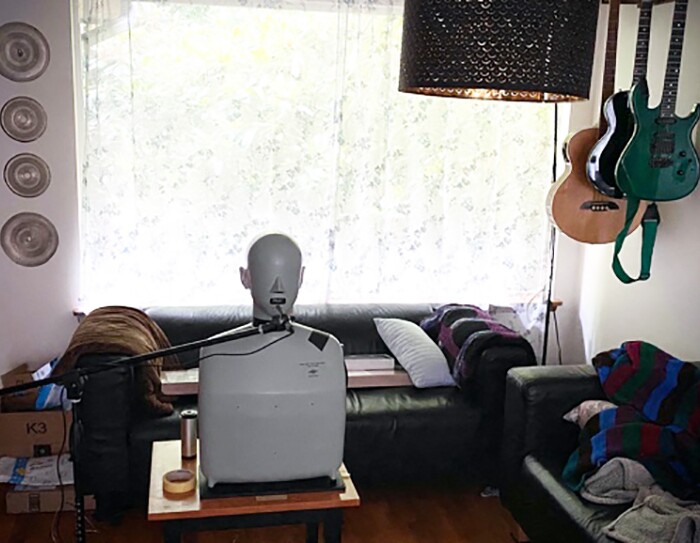
Entire teams have even figured out how to test sound together from remote locations by using a head and torso simulator (HATS) to record devices at one WFH location and evaluate them simultaneously at many other WFH locations. All listeners have the exact same reproduction equipment (USB DAC, headphone amplifier and headphones) so they can control and calibrate the sound pressure reaching their ears. By applying the appropriate binaural signal processing to the HATS recordings, the team can recreate the same sound pressure at the remote listeners’ ears as was recorded by the HATS.

As the Fire TV team moved to working from home, they quickly realized testing on all of the different TV variants was going to be near impossible. No one person had all of the TVs in their homes. So, they came up with the “Fire TV Remote Lab.” It allows the team to remote login to access multiple device variants and devices in various geographical locations, all from their laptop.
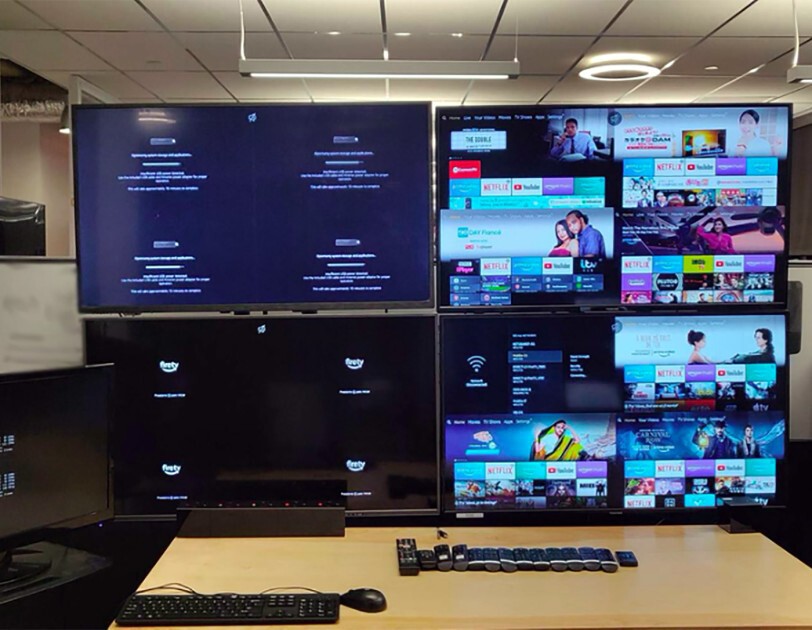
The Ring team needed an uncommon household item to test motion detection. But it’s tough to find uncommon things in your own home, so one engineer volunteered a pet parrot, figuring it would help trigger uncommon events from different cameras. Unfortunately, the parrot wasn’t “uncommon” enough to run the tests successfully—so we’re still on the hunt for something even more extraordinary. No parrots were harmed during the test.
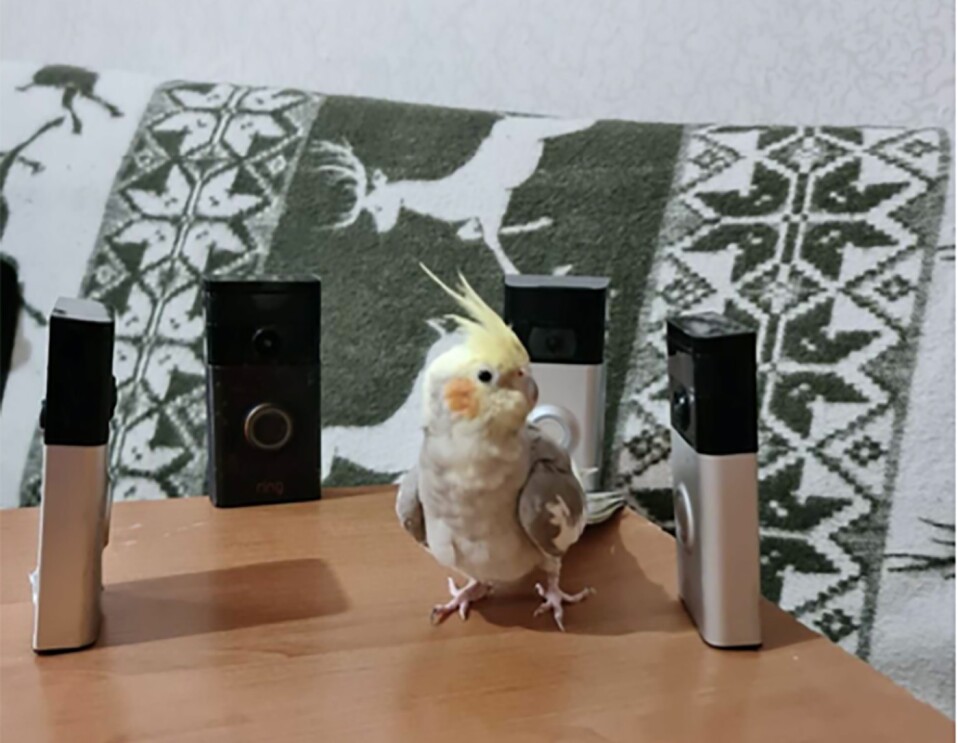
Robert set up a small but adequate "test bench" in his garage so he could continue building from home, especially as the team was working hard to launch one of Ring's newest devices, the Ring Video Doorbell 3. While his garage is basically "a crowded workspace," he was able to bring a few pieces of equipment home from the work lab to set up a bench in the corner of his garage. While it's just a corner of his garage and not a true lab, it works well and provides a core capability that enables Robert to tackle just about any EE HW issue that might pop up. This is the true way to work from home.
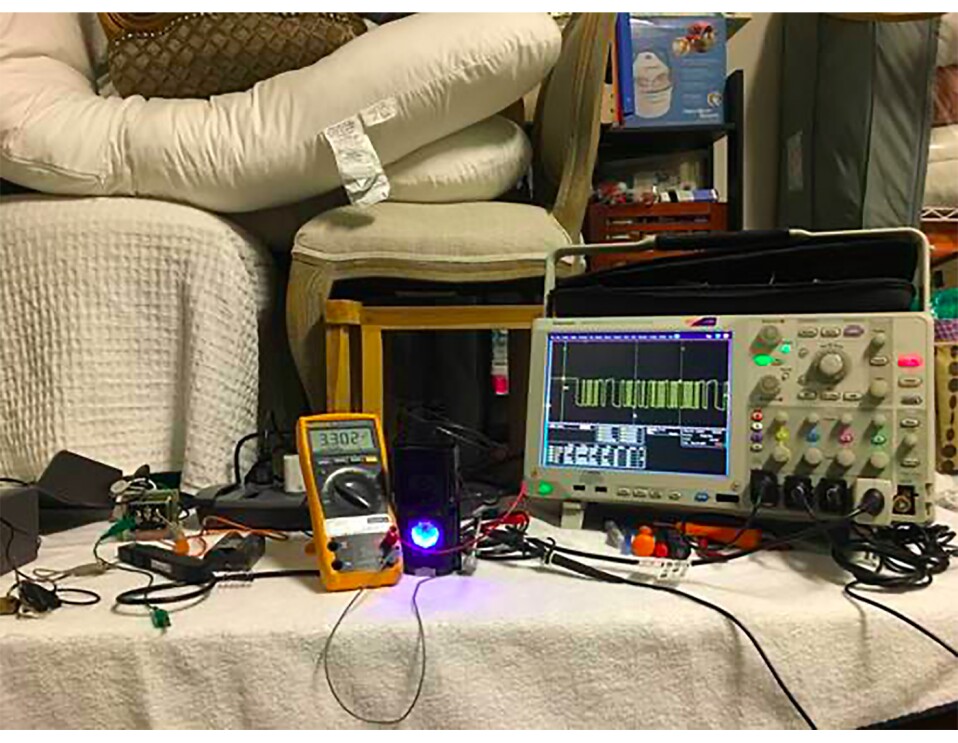
Ken, a quality assurance engineer, came up with scrappy solution to execute a benchmarking test. In this new approach, Ken used his car as a noise isolated test chamber. He placed three mobile devices and four Echo devices on the dashboard, with one speaker for speech on the driver’s seat at average human height, and another speaker for noise in the fold-flat second row, which allowed him to measure different noise conditions.

Trending news and stories
- Amazon unveils 7 new robots powering faster, safer deliveries: Go inside our most innovative delivery station yet
- Introducing Vulcan: Amazon's first robot with a sense of touch
- This new AI tech will make sorting packages easier for Amazon's delivery station employees
- How Amazon helps data center communities thrive


